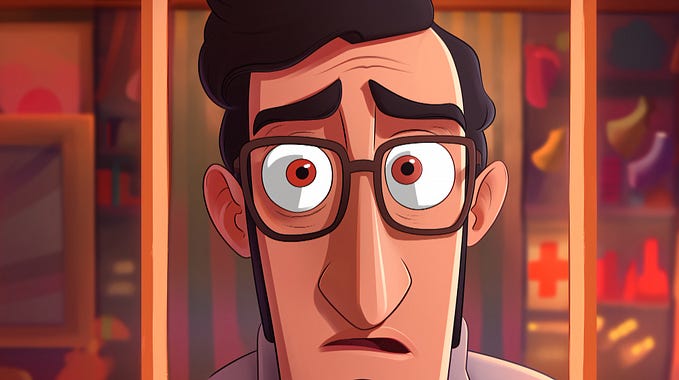Member-only story
How To Teach ELL Students In History Class
Once upon a time, I spent a few years teaching Spanish-speaking immigrant students U.S. history. Most of them had immigrated to Miami at the age of 15 or 16, and while they were learning their first words of English, they were also enrolled in my bilingual U.S. history class. My Spanish-speaking skills and reliance on teaching with images and class discussions allowed us all to get through the year successfully. But there are many more strategies to teach ELLs in a history class, and that’s what the following paragraphs will explore.
Preview And Review Key Vocabulary
If you have ever taken a beginning language class, you know that communication is almost completely vocabulary-based. This is why it is so important for ELL students to have a chance to preview important vocabulary, work through the vocabulary in use, and review the vocabulary. When students are still learning a language, every new word they learn increases their ability to communicate outside of the classroom. In my own experience, when students realized how much my class was helping them in their real life, they were extremely appreciative.
Connect Content To What Is In The News
Immigrant students are not only learning a new language, they are also learning about a new culture and…




